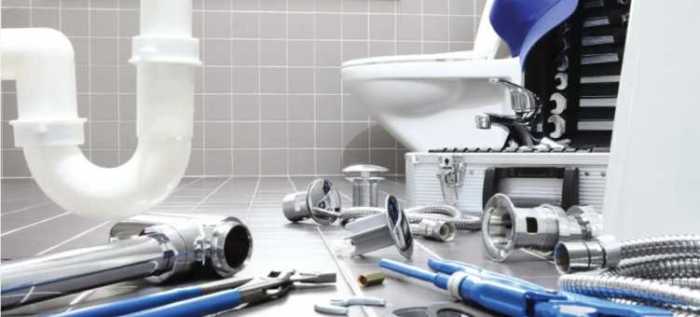The use of drones, also known as unmanned aerial vehicles (UAVs), dates back to 1849. Austria invaded Venice, sending human-contactless balloons over the city, which contained explosive materials. Advancements in drone technology allow for continued military utilization, as well as commercial and civilian use.
Drones recently joined the environmental industry, providing promising future aid to renewable energy development and maintenance. The small ascending computers can provide us with unique images of Earth, as natural TV programs show us. Drones may use their imaging abilities to survey and map the land and detect renewable energy system issues. They can also produce their own energy and limit package delivery emissions. Read on to know about the use of drones in renewable energy sector:
Surveying and Mapping
When evaluating potential renewable energy sites, like solar and wind farms, it is essential to calculate possible interference. Drones can move throughout these regions collecting data on wind currents, sun exposure, and the ecosystem. This system is integrated into the agricultural industry with light detection and ranging sensors (Lidar) attached to drones.
Renewable power companies use this system to survey and map energy sites. Like the Quantum Trinity F90+, popular commercial UAVs can reduce the time and greenhouse gases used in traditional land mapping practices. These devices can fly for 90-minute periods and track large regions of land.
Issue Detection
Once renewable energy systems are in place, drone use continues. Wind turbines benefit greatly from UAV intervention.
Most turbines reach heights of 280 feet to allow for maximum wind capture. Unfortunately, this poses severe problems for maintenance workers. In the U.K., 163 workers suffered injuries while repairing wind power devices, and five workers died.
UAVs can reach heights of 400 feet, allowing them to evaluate issues safely and effectively. These detection methods are less expensive for renewable energy companies and enable workers to plan more efficient repairs. One can also use drones to detect solar panel problems.
Solar companies use UAVs to detect panel malfunctions from the ground. To increase the sustainability of this practice and to reduce occupational accidents, companies can send drones to panel sites without workers present. This would further reduce greenhouse gas emissions by limiting the transportation process associated with maintenance.
Renewable Energy Drone Production
A recent development in the UAV industry allows drones to fuel themselves using wind power. The Saildrone is a device that harnesses its energy from small propellers, similar to the head of a wind turbine. Scientists are currently using them to collect and relay oceanic data, but their abilities are expanding.
Wind power-converting drones may act as a sustainable alternative to wind turbines. The UAVs in production fly in circular patterns with a kite attached. This maximizes the efficiency of wind capturing.
The energy would reach the Earth’s surface through an extended power cable, which is less environmentally disruptive than a turbine. The materials utilized in building a wind energy drone are less disruptive to the planet and require less greenhouse gas emissions in production.
Solar Delivery Drones
In 2013, Amazon revealed its idea to utilize drones to deliver packages efficiently. These UAVs would reportedly fly boxes to your doorstep in under 30 minutes, depending on your region. The incorporation of drones into the delivery industry could significantly reduce carbon emissions, preserving the atmosphere.
With renewable energy-powered delivery UAVs, truck-induced air pollution, traffic congestion, and roadkill could decrease. Limiting these environmental harms can conserve the environment and increase biodiversity on Earth. You may ask yourself, “So, where are my sustainably delivered packages?”
Drone Regulations
The reason that, eight years later, we are still waiting for our drone-delivered Amazon purchases has to do with strict aircraft regulations. Each year, the U.S. government releases new guidelines for commercial UAV use. These regulations restrict further drone use by the renewable energy industry.
Restrictions on flying heights, speed, weight, certifications, site navigation, and more limit one’s ability to use UAVs for sustainability purposes. Innovators are working to develop green drone uses, but it will take time before they reach the commercial market. As their safety and abilities increase, the use of drones in renewable energy sector will grow at a rapid pace.






















